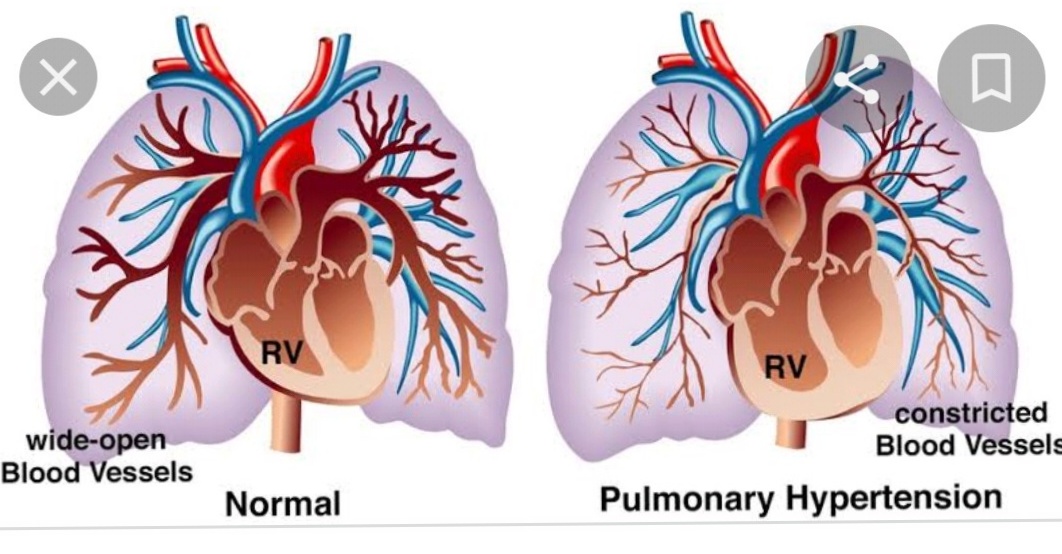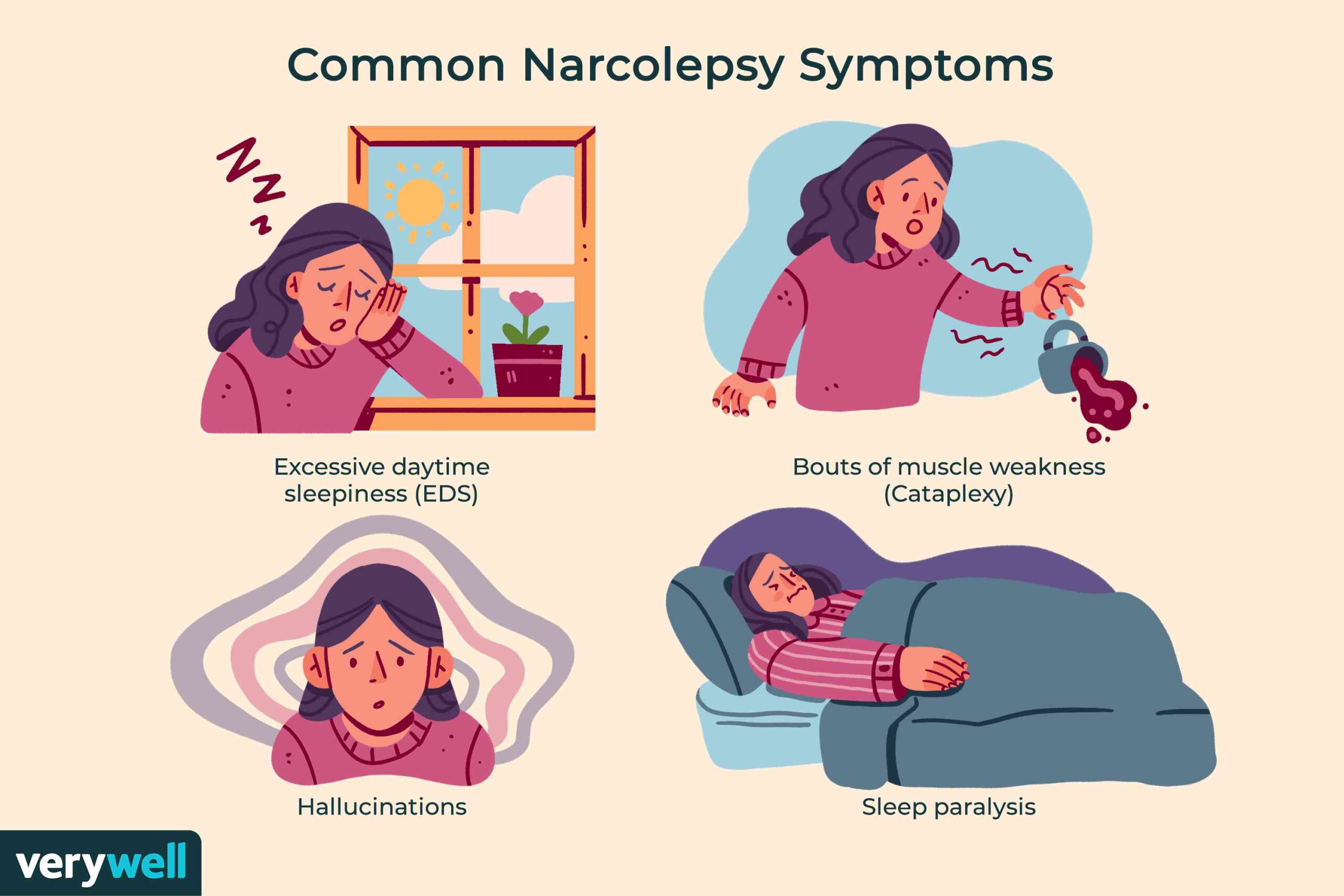Cholesteatoma-various aspects-
Behind the eardrum, cholesteatomas are an abnormal, noncancerous growth. Cholesteatomas can grow to a size that interferes with hearing and raises your chance of developing other dangerous illnesses. You can achieve symptom alleviation and prevent problems with early therapy.


Causes and Symptoms Tests and Diagnosis Overview of Management and Treatment, Prevention, Outlook and Prognosis, and Living with-
A cholesteatoma is what?
An abnormal, non-cancerous growth that develops beneath or from the eardrum is known as a cholesteatoma. It resembles a cyst and is made up of connective tissue and skin cells. The bulk increases even in the absence of treatment. Cholesteatomas can enlarge in some cases. Rarely, they result in severe problems including irreversible hearing loss.
Cholesteatomas affect who?
Both children and adults are affected. You could be at a higher risk if you have:
Persistent ear infections
a little rip in the eardrum, an eardrum rupture
SIGNIFICANCE AND CAUSES-
What causes a cholesteatoma in the ear?
There are numerous varieties, each with a distinct cause.
Primary acquired cholesteatoma: Occurs when the eustachian tube doesn’t drain adequately or even properly equalise pressure. Cells can gather because of the poor drainage and pressure that drags the eardrum into the middle ear.
After an eardrum rupture, skin cells gather behind the eardrum and form secondary acquired cholesteatoma.
Congenital cholesteatoma: Develops before birth when skin cells get stuck in the middle ear.
What signs and symptoms are cholesteatomas?
Cholesteatomas in the early stages may not show any symptoms. Other than hearing loss or recurring ear infections, children might not exhibit any other symptoms. Discharge may be one of the initial symptoms in both toddlers and adults.
Discharges could be:
- Dark.
- Foul-smelling.
- Pus-like.
- akin to earwax.
- Sticky.As the cyst enlarges, it may catch an infection, which may increase the drainage and irritation.
You might also encounter:
Altered sense of smell and improper food flavouring.
Dizziness.
Pain.
Your ears may feel full or under pressure.
TESTS AND DIAGNOSIS-
When should I visit a medical professional?
You should get checked out if the foul-smelling fluid coming from your ear doesn’t go away after two weeks.
A cholesteatoma is diagnosed in what way?
The ENT Specialist doctor inquires about your symptoms and medical background. They use an otoscope, a portable equipment, to inspect the ear. The otoscope aids the medical professional in finding a white mass or abnormal discharge.
Additional testing might be required if you exhibit symptoms of an ear cholesteatoma. You’ll probably be referred to a specialist.
What kinds of tests would I require?
An advanced evaluation is carried out by an otolaryngologist, a specialist in ears, noses, and throats. This might comprise:
Examinations to detect hearing loss.
Obtain an audiogram to evaluate your hearing, middle ear, and eardrum.
A CT scan of the ear can assist determine whether the ear bones have been injured.
If there is a worry that the cholesteatoma is moving through the base of the skull, get an MRI.
CONTROL AND TREATMENT-
Mastoidectomy surgery is the line of treatment for Cholesteotoma-for details of indications, technique, complications of Mastoidectomy Surgery pl click on the link given below-
Surgery is nearly always required for cholesteatoma treatment .
Mastoidectomy Surgery is mostly accompanied by Tympanoplasty Surgery-together it is called Tympanomastoid Surgery for the details of which pl click on the link given below-
Concomitant infection can be reduced by-
the use of antibiotics to treat illnesses.
to reduce ear discharge, use antibiotic and antifungal ear drops.
Do I require surgery?
Surgery is required for almost all cholesteatoma patients. You might require multiple procedures:
The cholesteatoma is removed during the initial operation-Mastoidectomy Surgery .
Additional cholesteatoma operations fix the inner ear’s damage.
PREVENTION-
Can I take any action to avoid developing a cholesteatoma?
Some cholesteatomas cannot be prevented, especially if they are congenital. To prevent primary or secondary acquired cholesteatoma, timely ear care is essential. This includes receiving a diagnosis when there are worries about minor infections or persistent discharge.
PERSPECTIVE / PROGNOSIS-
What is the prognosis for those who have cholesteatomas in the ears?
Treatments for cholesteatoma frequently reduce discomfort and restore the majority of your hearing. Early detection of cholesteatoma by ENT Specialist doctor increases the likelihood of positive outcomes. Even if cholesteatoma surgery is successful, it still has a chance of returning. Hearing loss can get worse when a cholesteatoma returns, and you could need more treatment.
What problems can arise from large or complicated cholesteatomas?
If a cholesteatoma is large and spreads, it might harm the bones in your middle ear or harm your inner ear. You might encounter:
Dizziness.
loss of hearing, which can occasionally strike suddenly.
a facial nerve injury that has caused weakness in your facial muscles.
Tinnitus.
Balance and vestibular problems.
Serious but uncommon complications could include:
Pus, oedema, and an abscess in the brain.
Meningitis.
What should I anticipate following cholesteatoma treatment?
An expert in ears, noses, and throats will need to keep an eye on you for a while.
Care may consist of:
Examinations of the ears and hearing tests to look for new cholesteatomas in the ears.
Debridement of the ears to wipe away skin cells and other tissue accumulations.
You’ll probably require another surgery if the cholesteatoma reappears. People frequently require multiple procedures over the course of their lifetimes.
What’s daily life like following ear cholesteatoma recovery?
The majority of people resume their regular activities. Several people fear of surgery or worry that symptoms might return (particularly in toddlers).
To refrain from engaging in favourite pastimes, like swimming, for a while.
Requirement for special accommodations at work or school due to hearing difficulties.
Balance problems from which recovery may take months.
A cyst-like development that lies behind or involves the eardrum is known as a cholesteatoma. People who have ongoing ear infections and eustachian tube problems are more likely to have it. You can prevent hearing loss with early identification and treatment. Surgery is necessary for ear cholesteatomas. They occasionally return, which is why ongoing surveillance is required.
If any patient requires ENT consultation from ENT specialist doctor Dr Sagar Rajkuwar (MS-ENT) ,he may contact him at the Adress given below-
Prabha ENT(Ear,Nose,Throat) clinic, Dr Sagar Rajkuwar( MS-ENT) is open for patient consultation from 11 am to 6 pm. -Adress -Prabha ENT clinic, plot no 345 ,Saigram colony ,opposite Indoline furniture, Ambad link road ,Ambad , 1 km from Pathardi phata ,Nashik ,422010 ,Maharashtra India . For appointment -Contact no-7387590194 ,9892596635 .Surgeries done in attached hospitals : Mastoid -ear surgery, Functional endoscopic sinus surgery, Stichless Endoscopic ear surgeries like Ossciculoplasty and Tympanoplasty ,Endoscopic Septoplasty, Tonsillectomy and Adenoidectomy Surgery. Also advice available for Hearing aids and various Ear, Nose, Throat problems.



